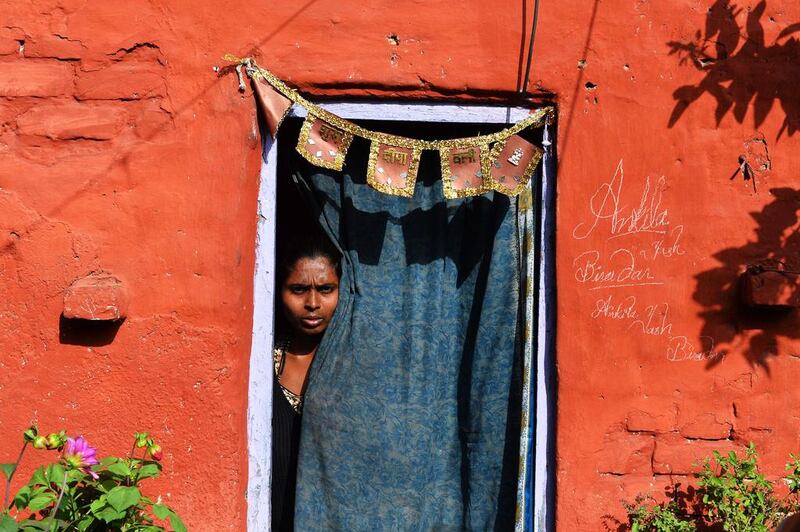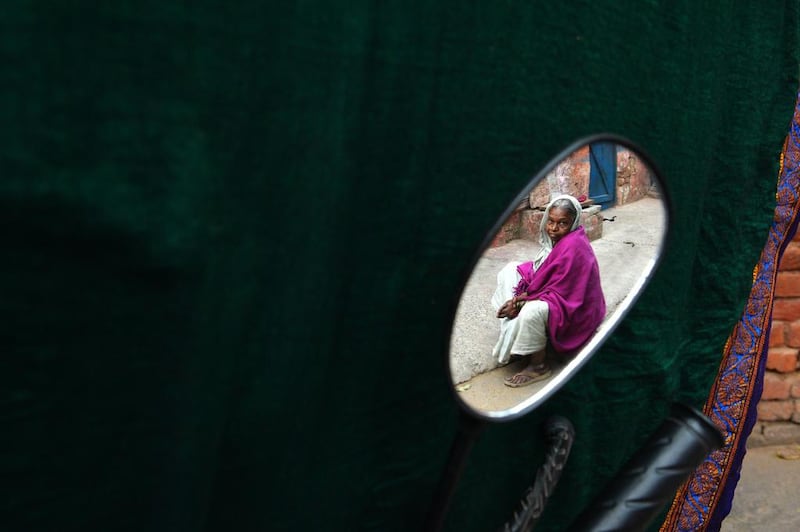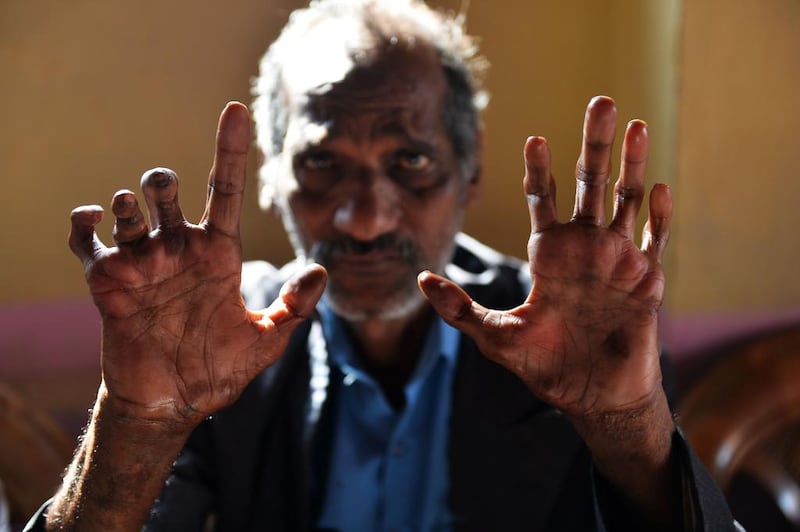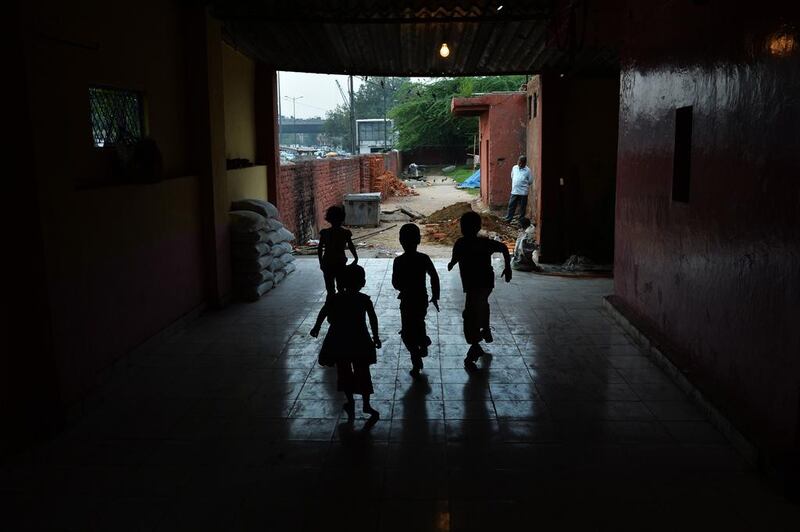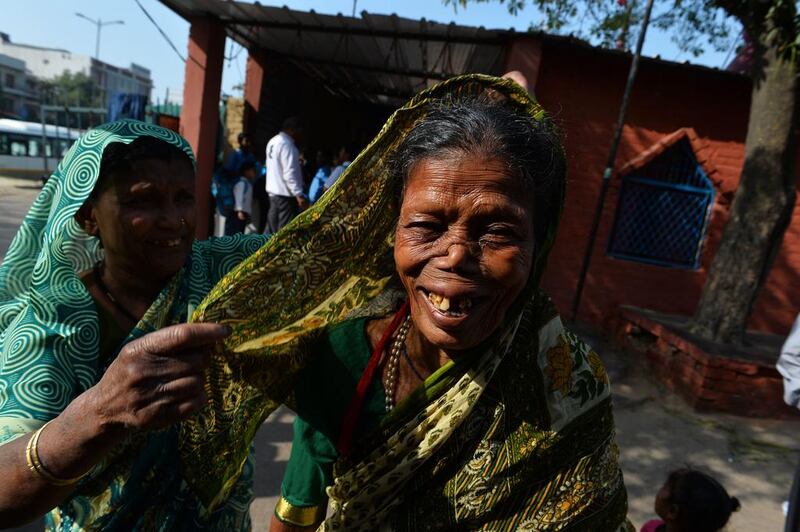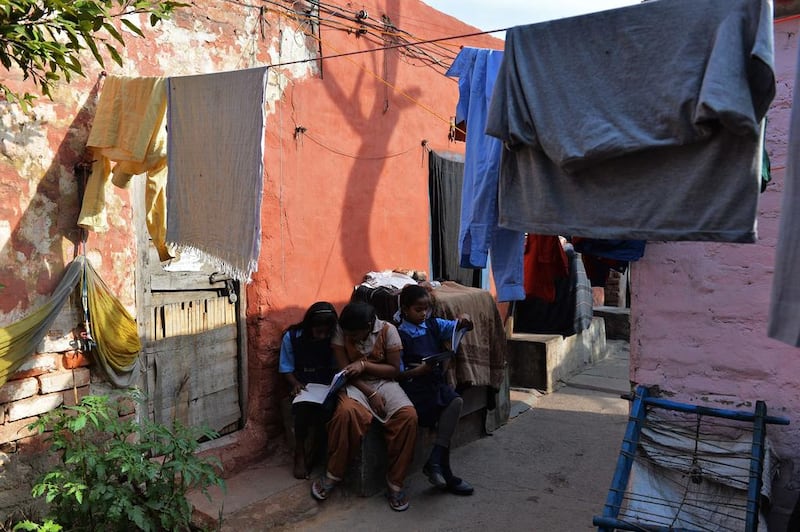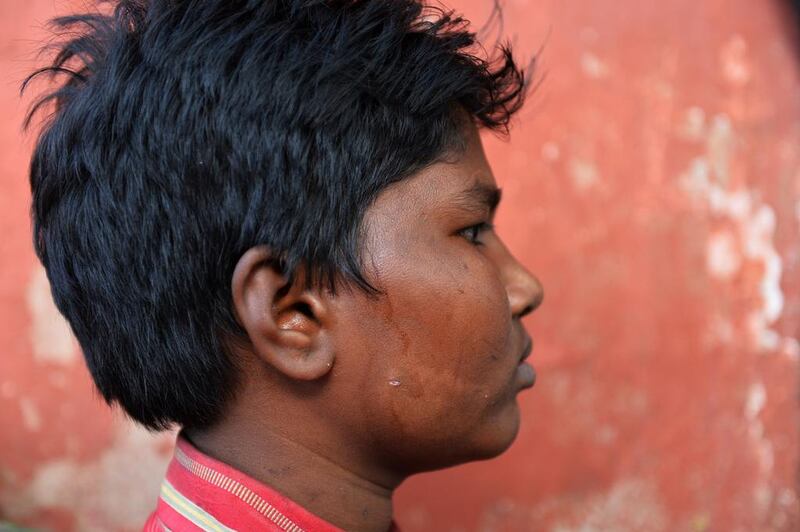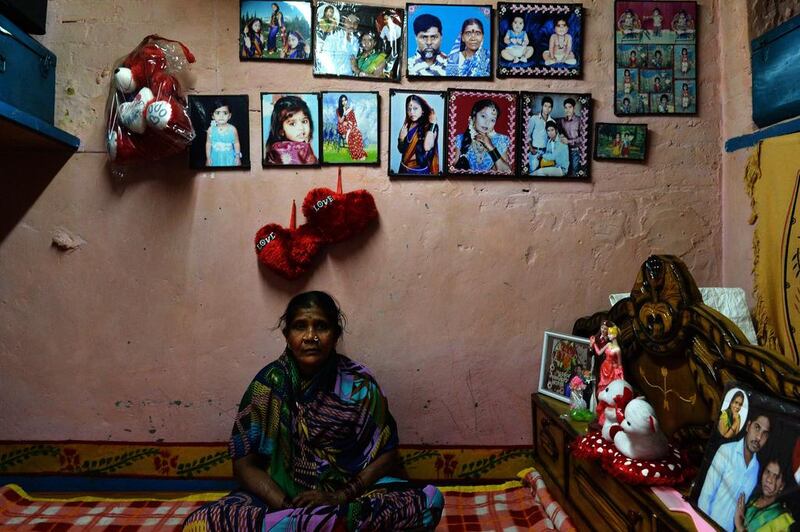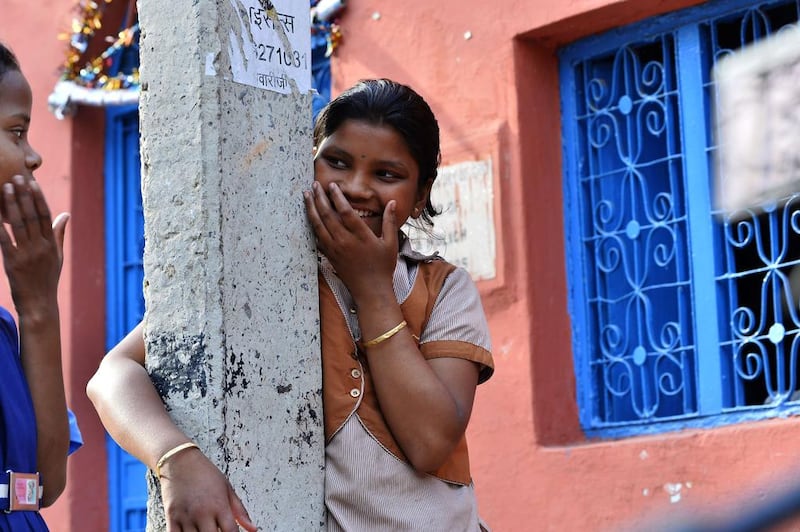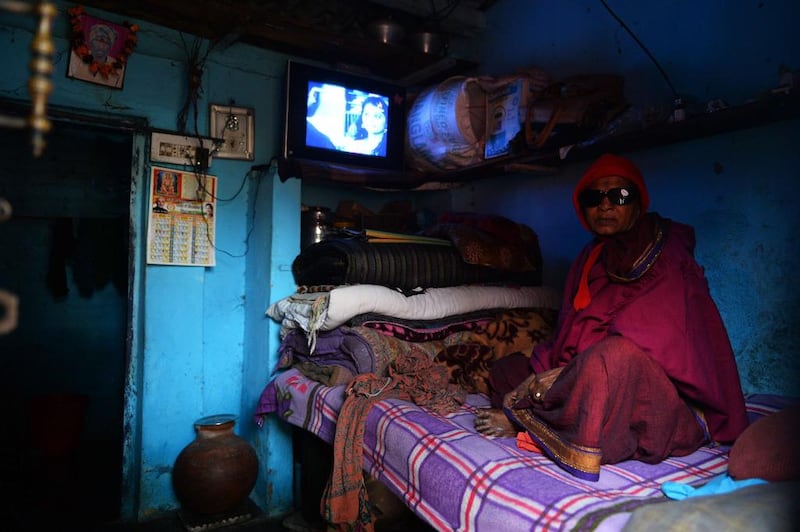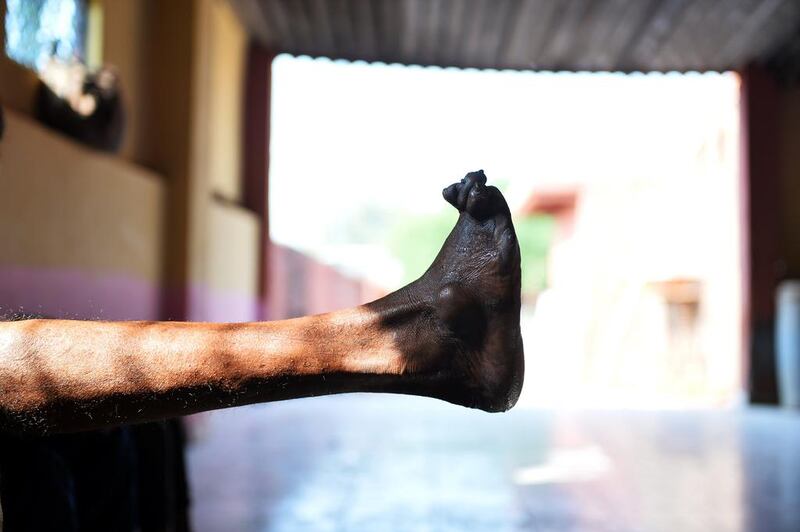Ganga Kalshetty was just 2-years-old when India declared itself leprosy-free in 2005, giving her family hope that she would be spared the disfiguring disease and its social stigma. But the last decade has seen a worrying resurgence of leprosy in India, which now accounts for more than half of the 200,000 new cases reported worldwide every year.
Kalshetty lives in one of India’s dozens of informal “leper colonies”, where many of her relatives are afflicted with the disease. Seven months ago, she, too, was diagnosed with the disease. “I don’t want to suffer like her,” the 12-year-old said as she glanced at her grandmother’s clawed hands, a hallmark of leprosy sufferers, at the family’s home in New Delhi.
Leprosy, a chronic infectious disease that causes lesions on the skin and attacks nerves in the hands and feet, can be cured. But if left untreated it leaves deformities. C.M. Agrawal, who heads the government’s leprosy programme, said the number of children being diagnosed was worrying. “Because we declared India to be leprosy-free in 2005, it led to complacency.”
India stopped conducting door-to-door searches for suspected patients 10 years ago, a move Agrawal believes exposed families to the risk of new infections. The World Health Organisation allows governments to declare that leprosy is no longer a public health risk if the prevalence rate falls below one case per 10,000 people. That was achieved in India in 2005. But while the national prevalence rate remains below the threshold, some areas have now exceeded it. In 2013 to 2014, 126,913 new leprosy cases were reported across the country, including 12,043 children. Delhi alone registered 1,145 cases.Due to the social stigma that still surrounds the disease, thousands of sufferers end up living in informal settlements.
Poverty, poor sanitation and overcrowding mean that residents not already suffering are susceptible to the disease.
Shiv Shankar Tiwari is a former leprosy sufferer who lives in a mud and brick house in the Delhi colony. The 55-year-old was devastated when three of his six sons were diagnosed with the disease. “We didn’t know how important it was to keep taking the medicines,” said Tiwari, his voice choked with emotion. Sufferers were once forced to ring bells to alert others to stay away as they passed by, and centuries later, they still face severe prejudice. Many states in India have laws barring leprosy sufferers from obtaining a driver’s licence and other routine documents, even if they have been cured.
For many begging is the only option. The government has said it wants to eliminate the disease from India in the next 10 years. India’s director general of health services Jagdish Prasad said the biggest challenge was the incubation period of up to 20 years, which makes the disease hard to detect. “Now our strategy is to search house-to-house, treat the patients and give one dose of preventive medication to each of their family members, that’s how the Western world got rid of leprosy.” For Kalshetty, however, that commitment has come too late.
“My school friends will always think of me as the girl from the leprosy colony,” she said. “I will never be normal again.”
* Abhaya Srivastava for AFP
